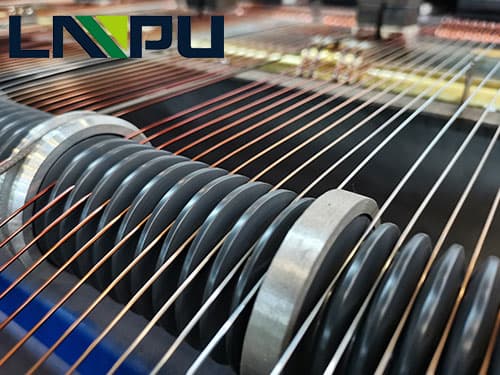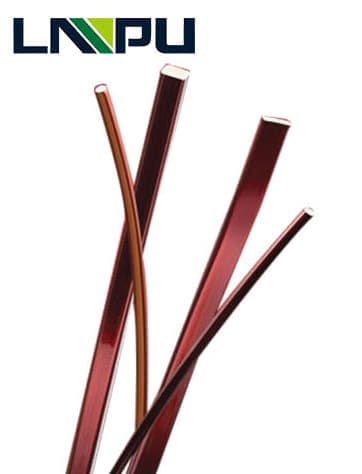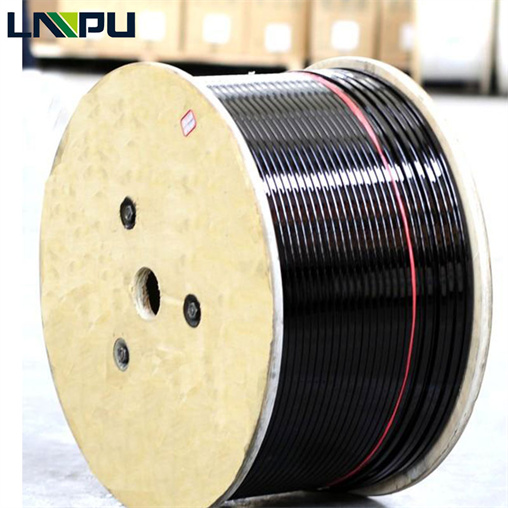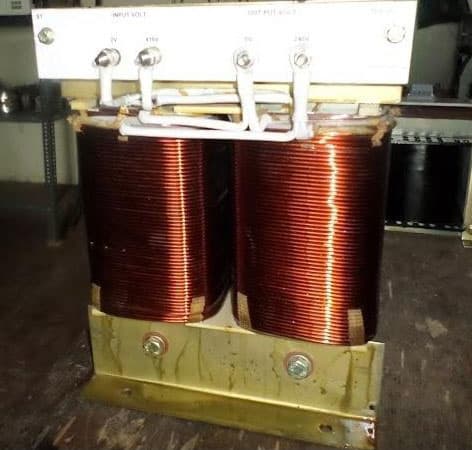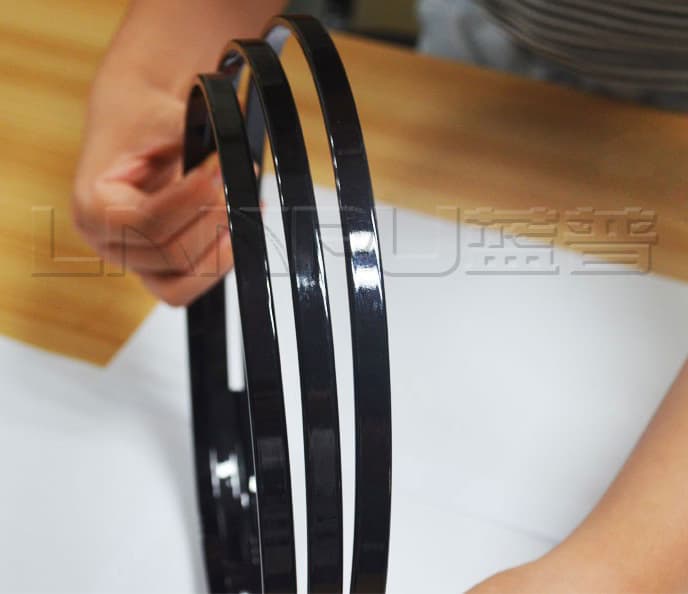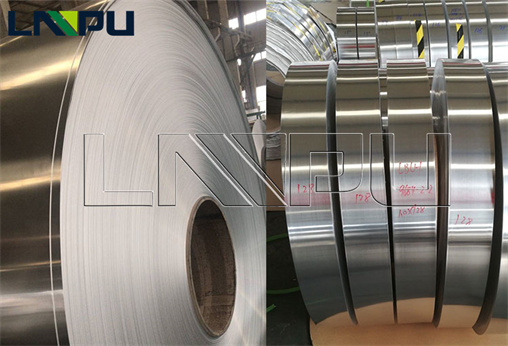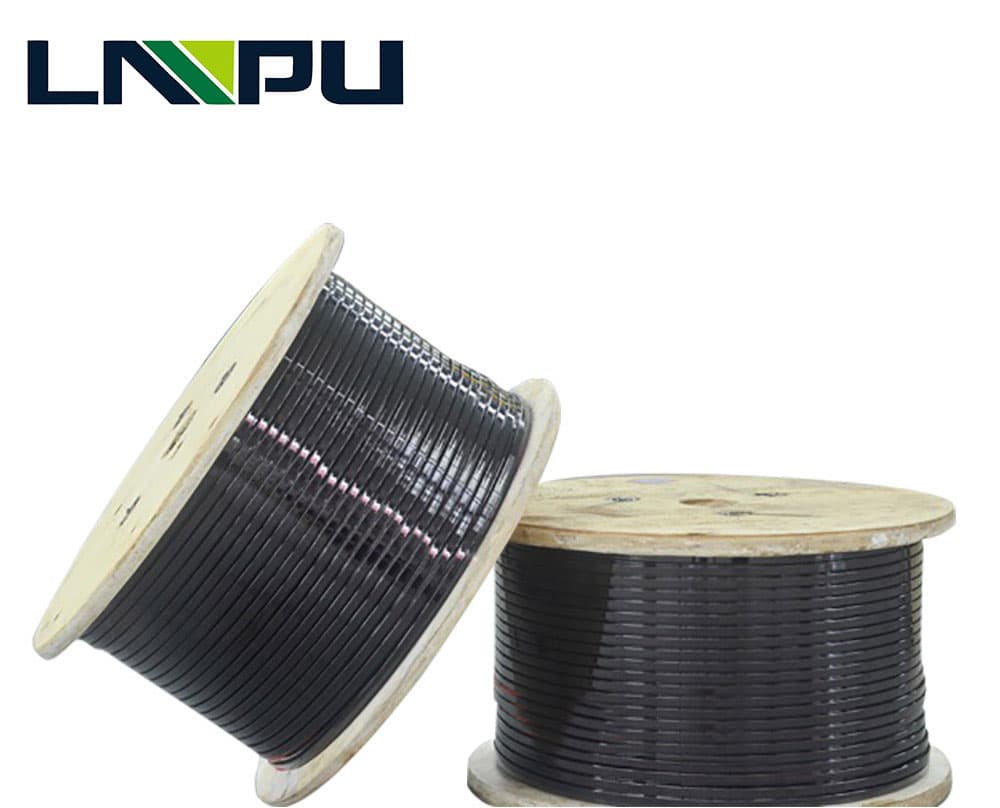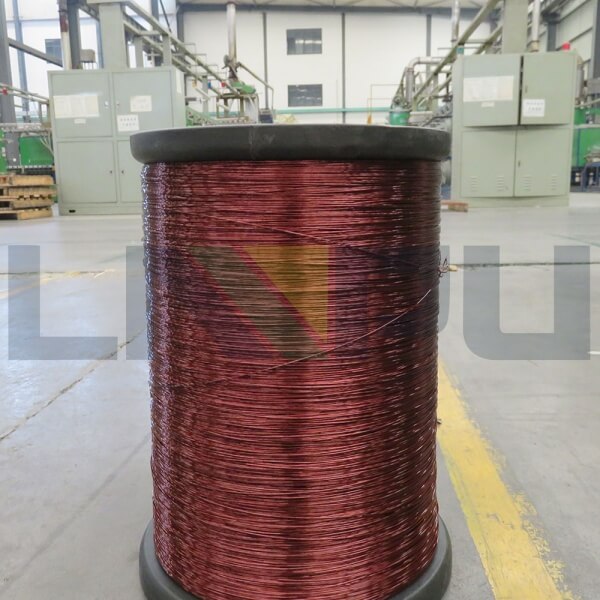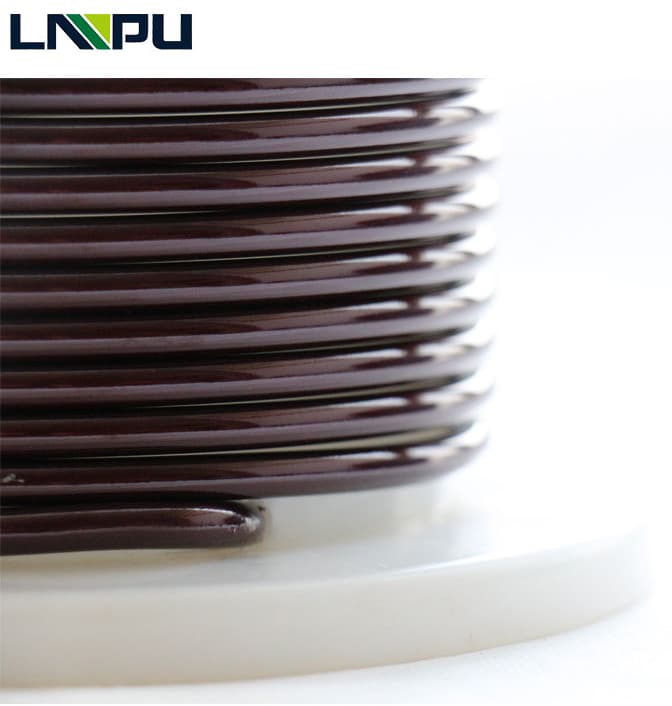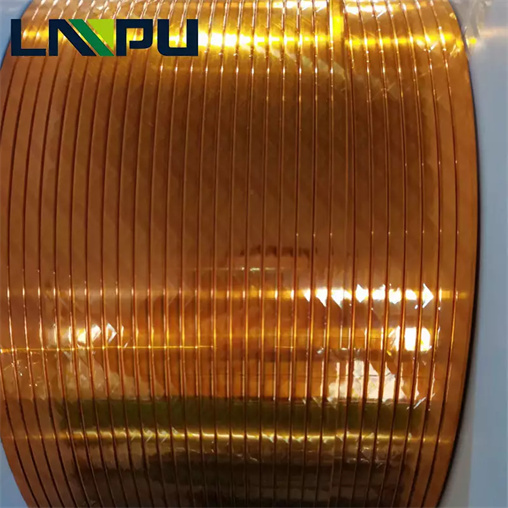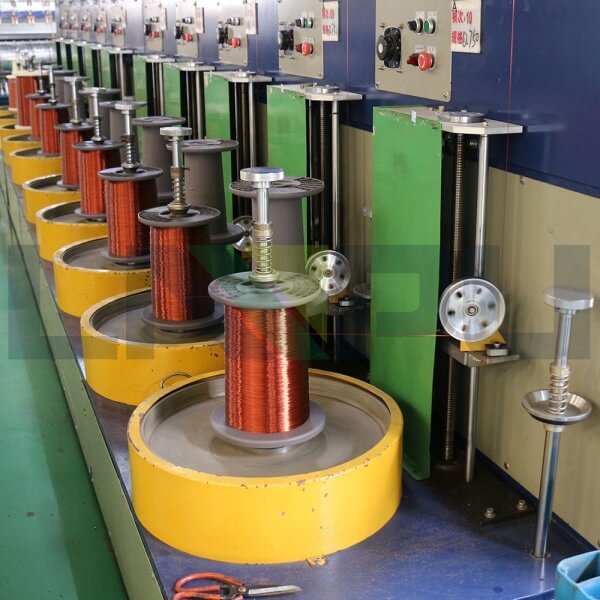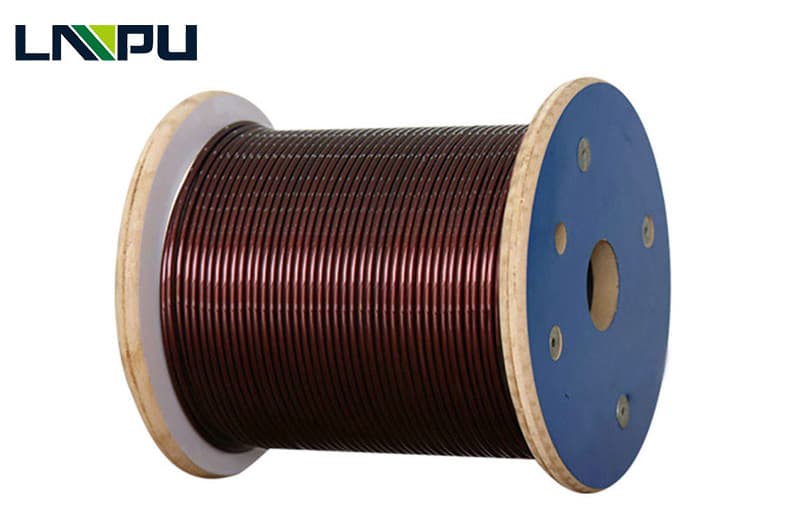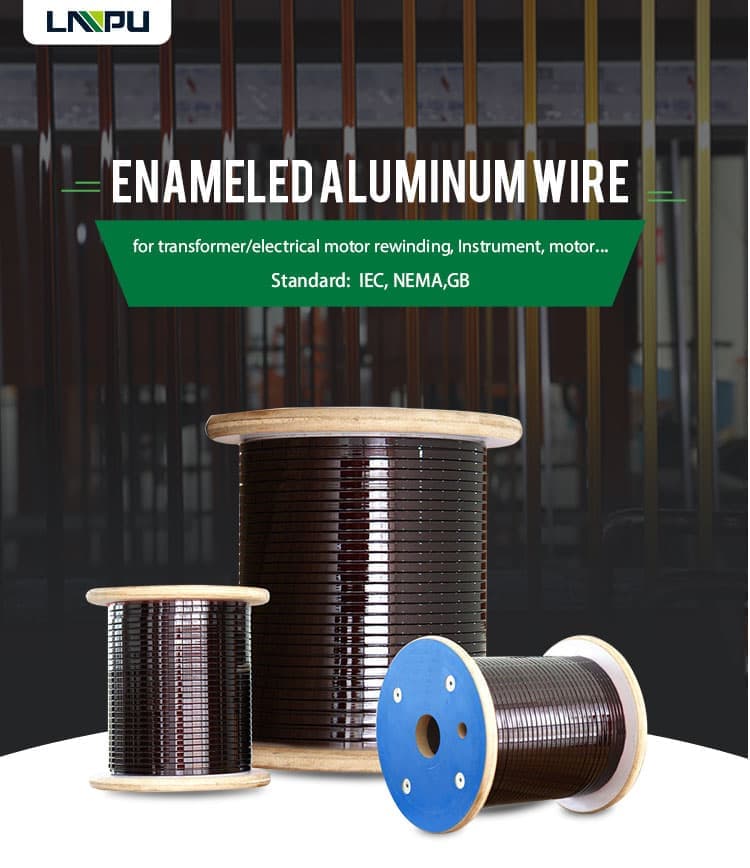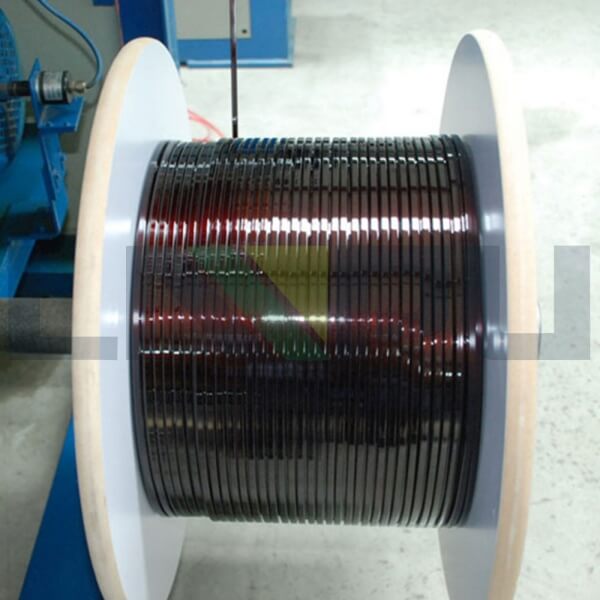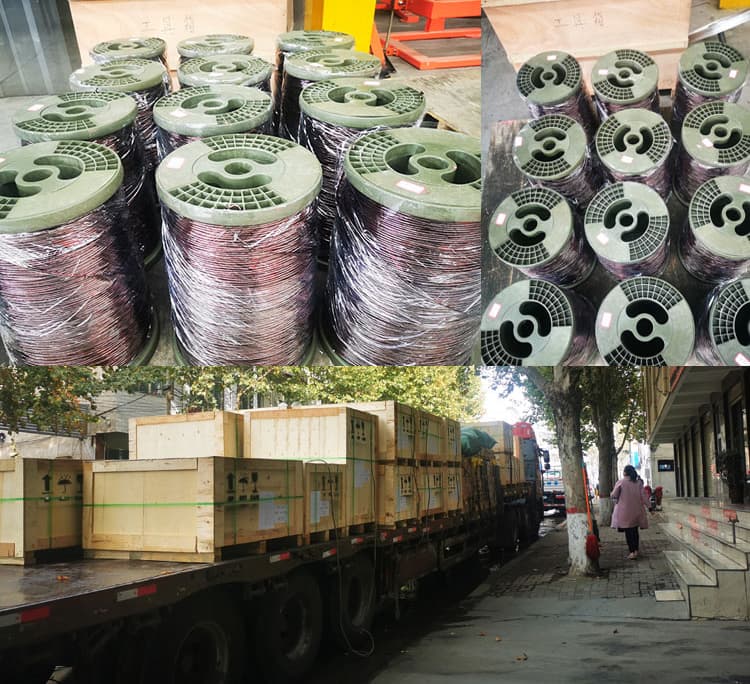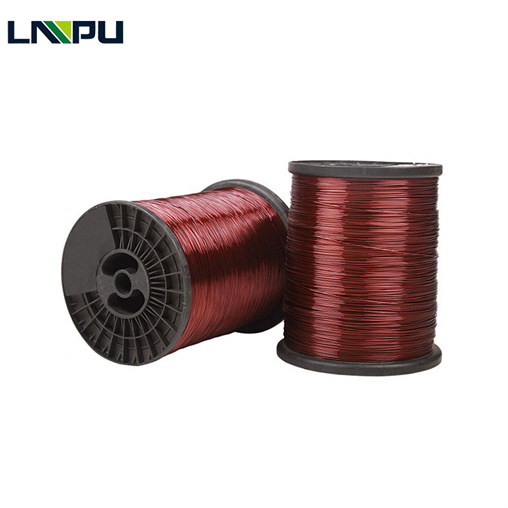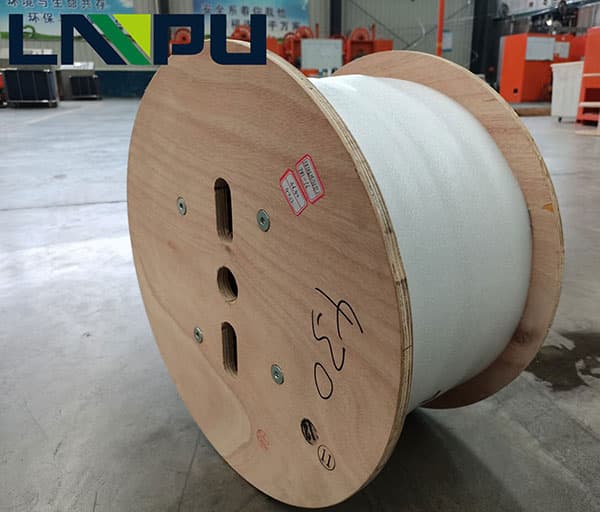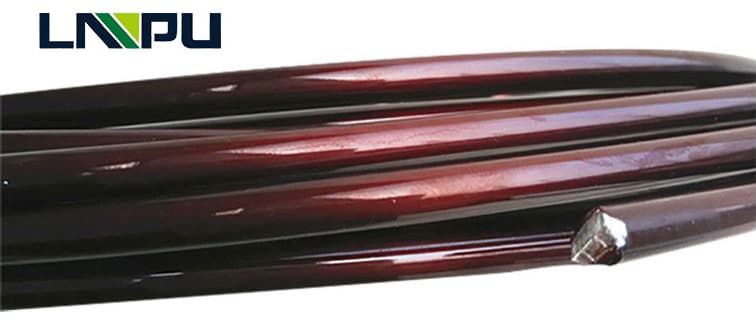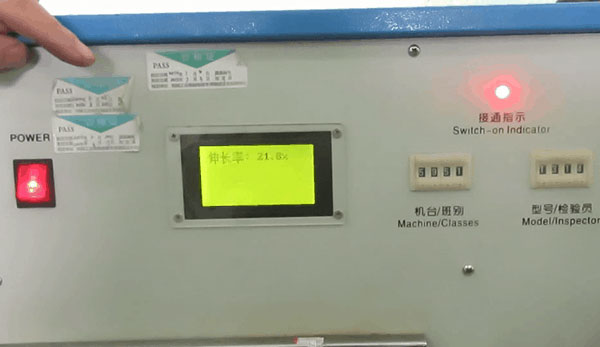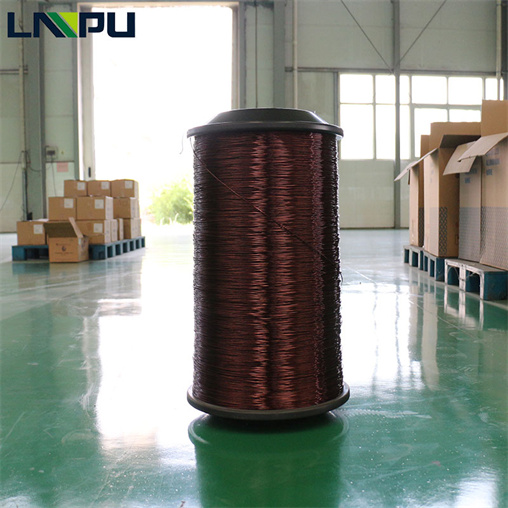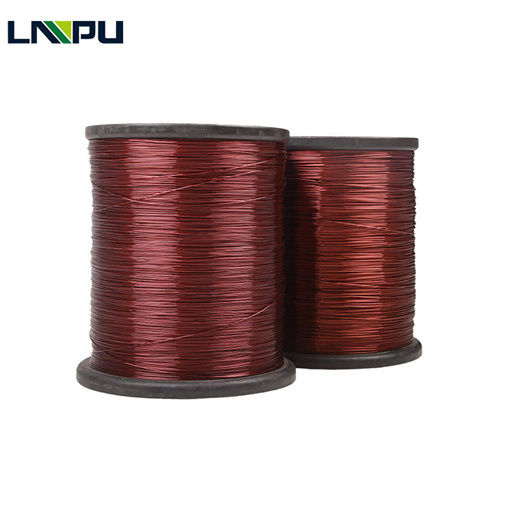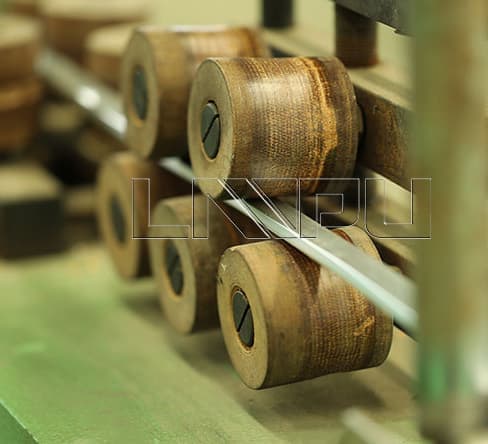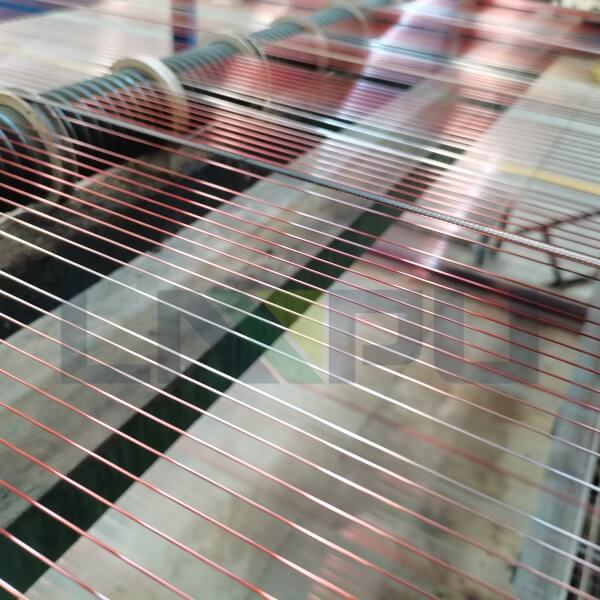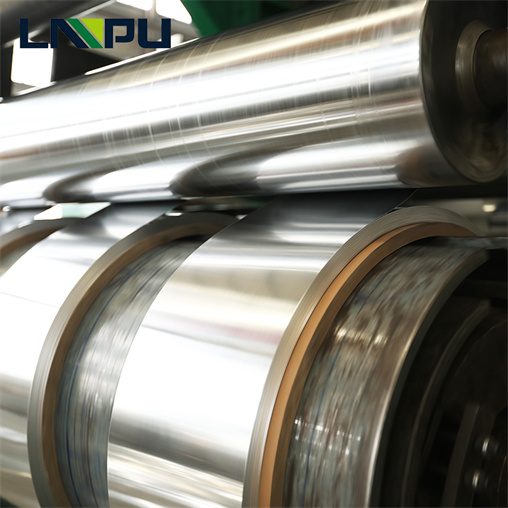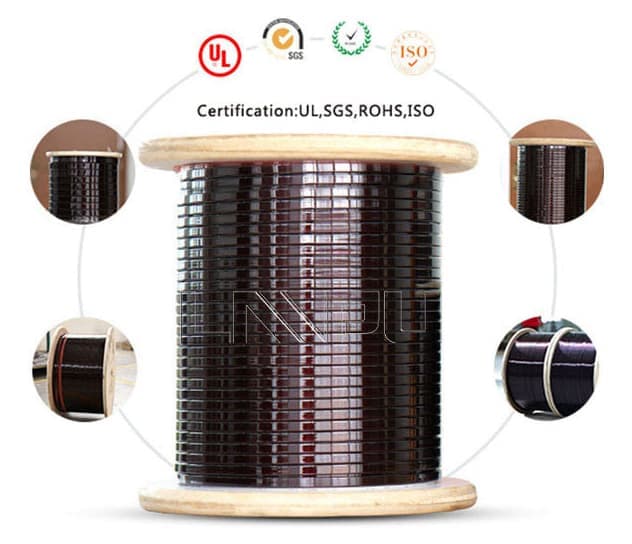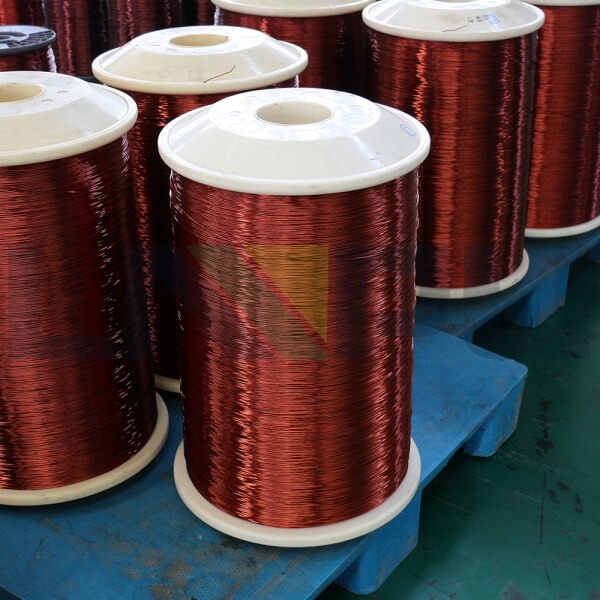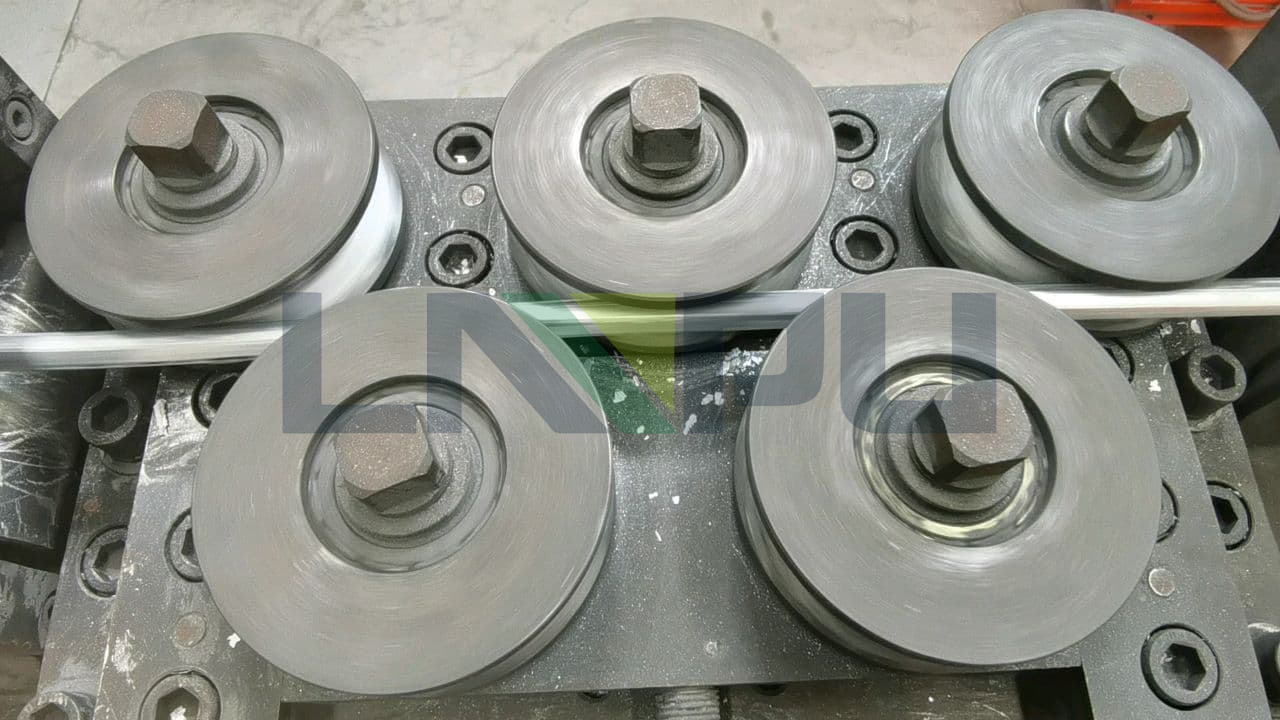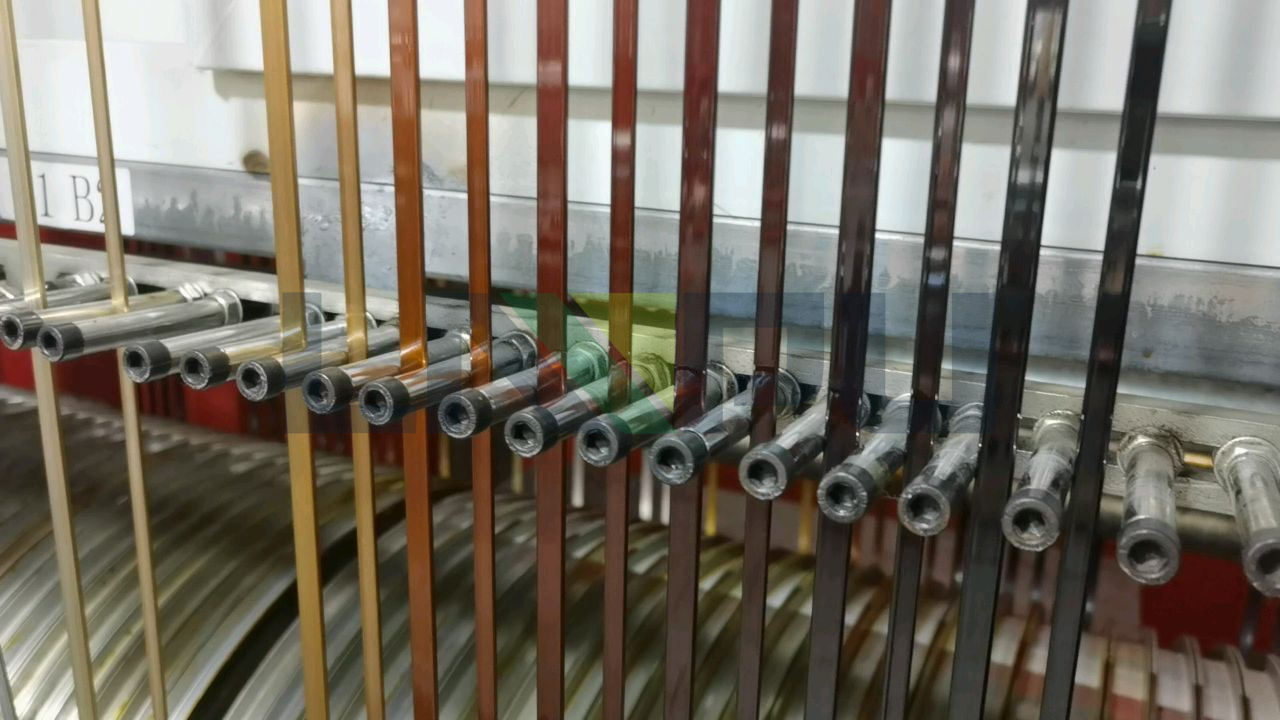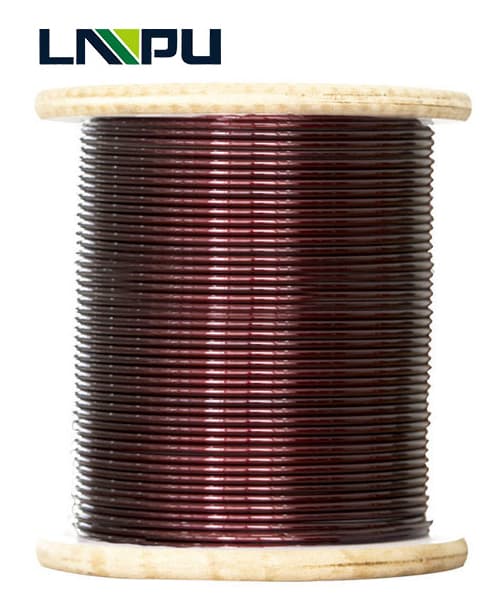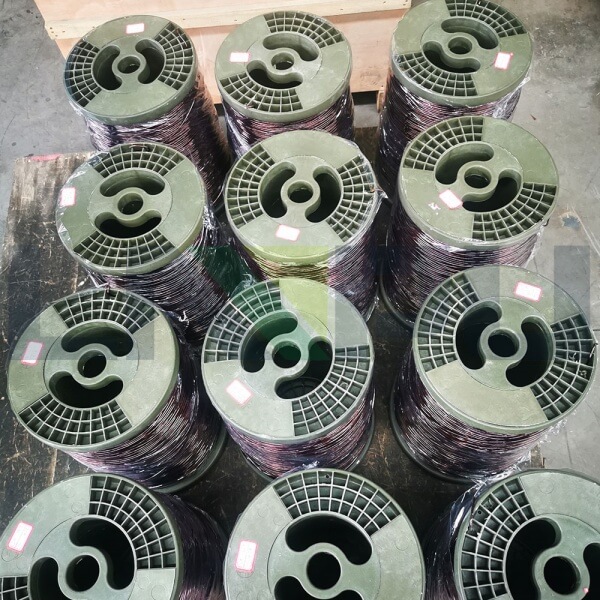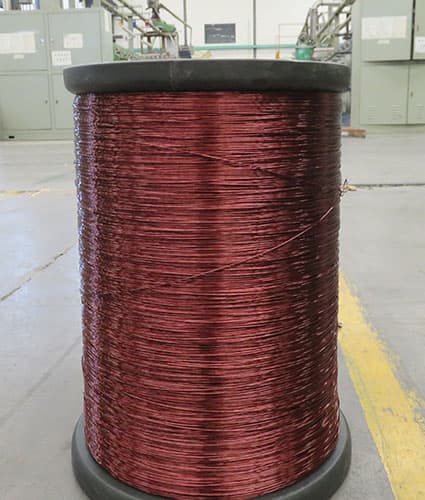The development trend of enameled wire connection
Enameled wire is widely used in winding wires of motors, transformers, inductors, generators, electromagnets, and coils.
In the past, the diameter range of enameled wire usually required was 0.2-2.0mm [AWG12-32], but nowadays, thinner (diameter less than 0.18mm, AWG33) and thicker (diameter greater than 3.0mm, AWG9) are required on the market Enameled wire.
Thinner enameled wires can help users reduce costs and meet more compact design requirements. Therefore, not only the enameled wire, but the entire connection system must adopt a smaller size to fit into the narrow space.
On the other hand, there is an increasing demand for low-voltage power in many different applications. There is no doubt that the lower the voltage, the higher the current required to achieve the required power. Therefore, thicker wires are needed to carry higher currents. The growth of low-voltage power applications is a steady and unwavering development trend: more automation, more cordless devices, more battery packs, more lighting, etc., to name a few.
Another trend of continuous development is that regardless of the size of the enameled wire, innovation will be the focus to effectively control the assembly cost while improving the quality and stability of the enameled wire connection. The most important thing is that the connection and crimping of the enameled wire must be reliable and stable. Due to the high cost of field failures, reputation and the possibility of damage to customer relationships, end customers (OEMs) will give priority to customers who adopt high-quality products. The higher the product quality and craftsmanship, the lower the cost of converting it to OEM.
Since the introduction of enameled wire, the commonly used termination processes are welding and brazing. Although effective, this type of thermal process is difficult to control. In addition, they require high temperatures, which may damage the enameled wires or components. At the same time, time-consuming mechanical or chemical processes are required to strip the enameled wire. Nowadays, in order to better meet the requirements of market trends, OEMs must study and analyze different connection technologies, save money, and enable engineers to design reliable products with good performance.

